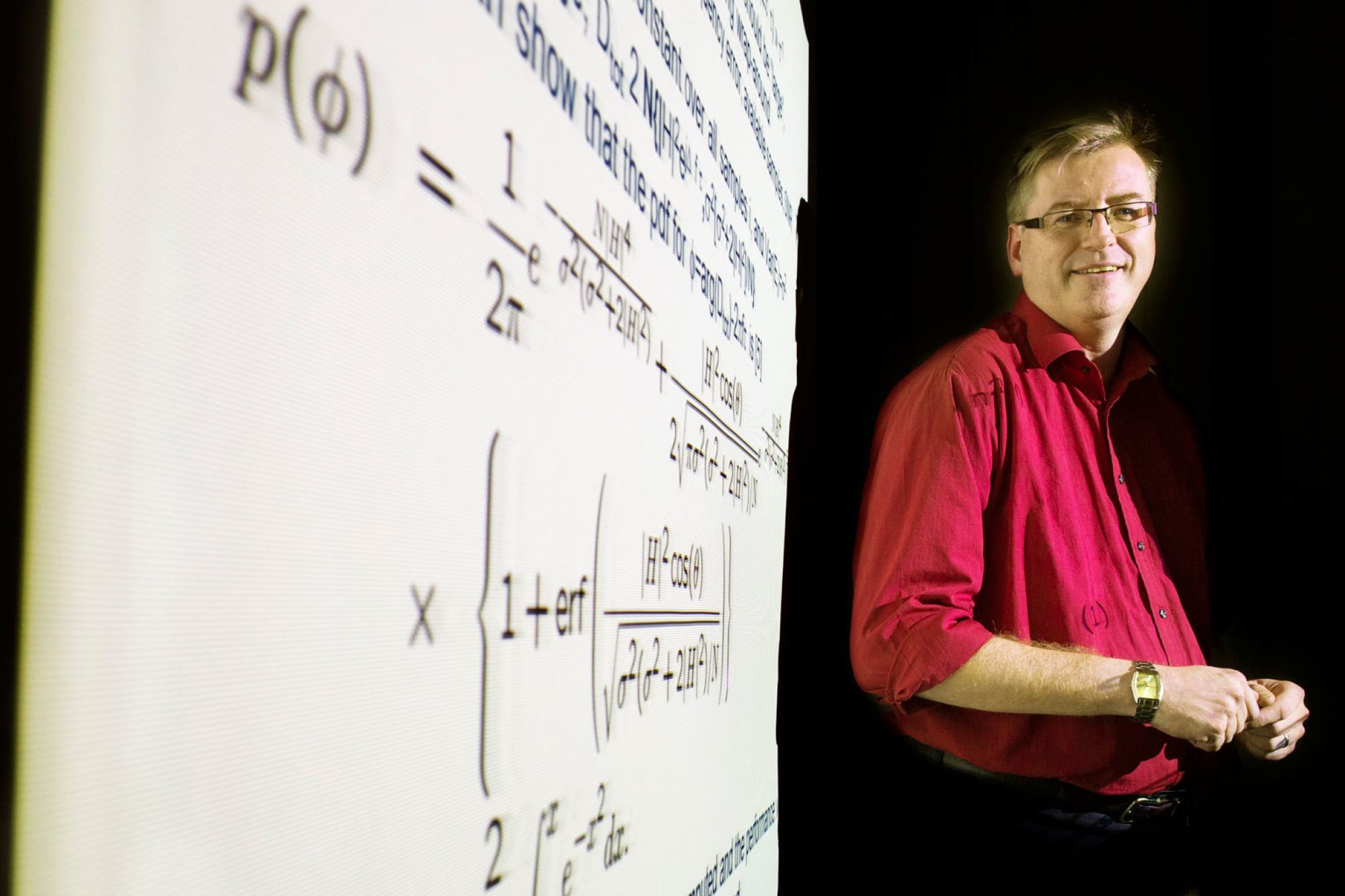Last update I gave a list of the Top-10 inventors when it comes to granted US patents. This information was based on the wiki page prolific inventors, but I have not found any similar top lists for other jurisdictions. However, the patent search engine lens.org has a great feature, where one can extract top 100 inventors for a specific search string. Since the search is on inventor names only, so if there are more than one inventor with same name, the result shown is the total for all with the name “Sven Svensson”, so the result might not be entirely correct, but at least it gives a good indication.
Anyhow this is the top-10 list as on (20/5-2017) for granted EP patents, based on lens.org search engine
- Focke Heinz (363)
- Silverbrook Kia (330)
- Van Den Berg Karel (287)
- Biedermann Lutz (252)
- Gueret Jean-louis (231)
- Suzuki Takashi (224)
- Mueller Bernd (213)
- Van Der Lely Cornelis (204)
- Draghetti Fiorenzo (198)
- Lindoff Bengt (198)
- Inoue Hiroshi (194)
- Kondo Tetsujiro (193)
Btw, I know the person on the 10th place ? (and soon it is time for # 200 celebration).
One can note that there are significantly lower numbers of granted patents on the EP top-list (top below 400) compared to the US list (top above 4000). The main reason for this is, I believe, that seeking patents in US is much more common than seeking EP patents (many patents are only filed in specific European countries and hence will not count within the EP patent umbrella) , and the fact that EP patents are a quite recent patent construction (first patents filed 1978).
Anyhow, it is nice to be on one top-list at least!
